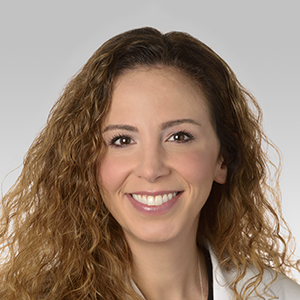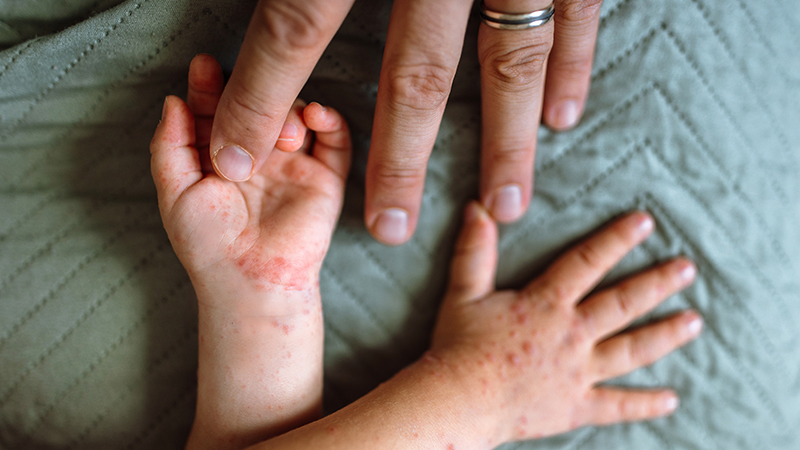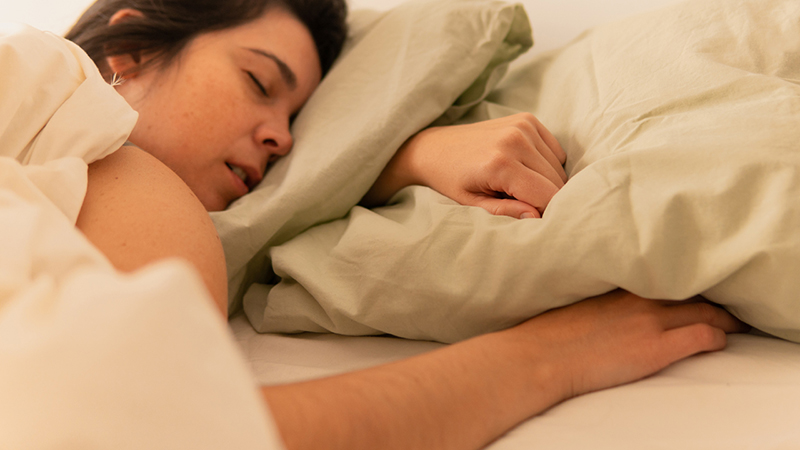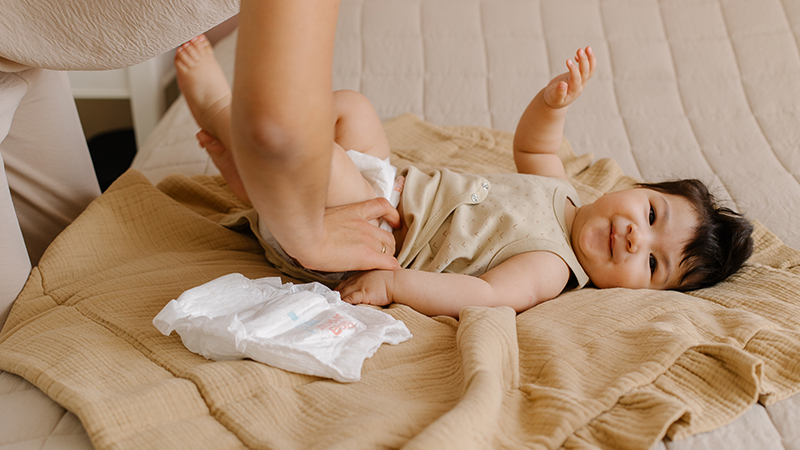Is There a Safe Way to Pop a Pimple?
A Dermatologist Weighs In
Updated December 2024
It’s the morning of your big event and you are greeted with a pimple. Ugh. Why do pimples always have such poor timing? You may be tempted to pop this unwanted guest, but it’s not a good idea. Contrary to what pimple popping videos may show, squeezing your skin to extract the contents of a pimple — a mixture of oil, dead skin and bacteria — can cause scarring and infection. It can also worsen inflammation, making the pimple larger, more red and more painful.
A Pimple Primer
Any manipulation with popping a pimple can cause lasting color or pigment change.— Lauren Taglia, MD, PhD
When your pores get clogged, a few types of pimples may emerge. The most common types of pimples are:
- Whiteheads: These closed comedones have a white, pus-filled top and stay closed on the surface of your skin.
- Blackheads. These open comedones have a small, black opening at the top. The black coloring is not from dirt, but rather from the process of oxidation. The oil and dead skin from your clogged hair follicle has been exposed to air.
- Papules: These inflamed comedones appear as small, pink bumps can be painful.
- Pustules: These have pus on the top and a ring of red on the bottom. They look like whiteheads but have the bonus feature of redness around the base.
- Cysts: These are pus-filled, deep, painful pimples that can leave scars.
- Nodules: These are similar to cysts, but have less fluid, so they are harder. Inflammation in nodules tends to be deep, making them more painful and prone to leaving scars.
Is There One Type of Pimple You Can Pop?
“Not really”, says Lauren Taglia, MD, PhD, a dermatologist at Northwestern Medicine. “But if you must pop, wait until the pimple has been around a few days and has developed a white head, indicating there is pus near the surface. Avoid popping new pimples or those that are red or sore,” she advises.
When doing this at home, many people choose to pop pimples with a lancet needle or pin. This is not a good idea because it can cause an infection if the needle or pin hasn’t been properly sterilized. Additionally, you might penetrate other parts of your skin, causing additional damage. “Any manipulation when popping a pimple can cause lasting color or pigment changes, which may be more frustrating than the initial pimple,” explains Dr. Taglia.
A gentler approach is to use a warm wash cloth or compress. This softens the pimple and helps it form a complete head, which makes it easier to remove. Apply gentle pressure to remove the pus, then apply ice to reduce inflammation.
Do Pimple Patches Work?
The small adhesive disks called pimple patches, acne patches and zit stickers, are designed to cover and protect pimples. They work in several ways:
- Absorption: They absorb excess sebum and pus from the pimple.
- Protection: They shield the pimple from bacteria and dirt, reducing the risk of infection.
- Healing: Some patches contain ingredients that promote healing and reduce inflammation.
Many of these spot treatments are designed to target a pimple with an active ingredient. Common ingredients include:
- Hydrocolloid: This polymer forms a gel when mixed with water and is the primary ingredient in most pimple patches. It creates a moist environment that softens the pimple, allowing it to heal faster. This water-attracting substance also draws fluid from the pimple.
- Salicylic acid: This beta-hydroxy acid causes the top layer of your skin (epidermis) to slough off, which helps unclog pores, reduce inflammation and support new cell growth.
- Tea tree oil: Also known as melaleuca oil, tea tree oil is a natural ingredient that comes from the leaves of the Australian tea tree. This highly concentrated essential oil extract is believed to have antibacterial and anti-inflammatory properties.
- Niacinamide: This vitamin B3 derivative helps reduce redness and inflammation.
Pimple patches can be helpful for certain types of acne lesions. “Pimple patches can help absorb drainage and prevent the area from further irritation or trauma. They work best on an open or recently healing papule, pustule or cyst,” says Dr. Taglia.
However, Dr. Taglia notes that pimple patches have some limitations:
- They do not work effectively on whiteheads or blackheads.
- They are not effective for deeper acne lesions, such as nodules or cysts.
- While pimple patches can aid in the healing of existing lesions, they do not actually prevent new acne breakouts from forming.
If pimples become a recurring issue for you, seek the advice of a dermatologist. “There are options for treating an acute pimple, which can speed healing time, as well as longer-term strategies to prevent further breakouts,” says Dr. Taglia.






